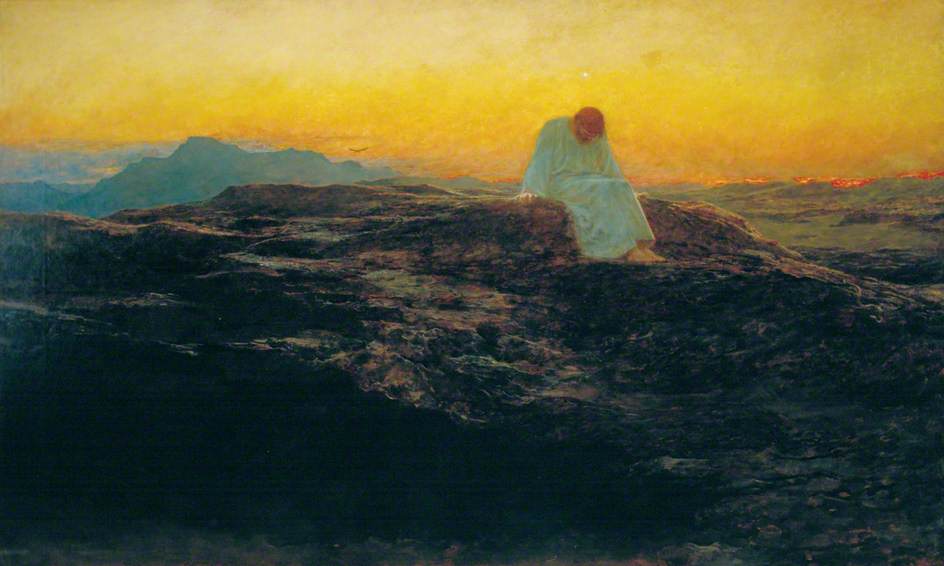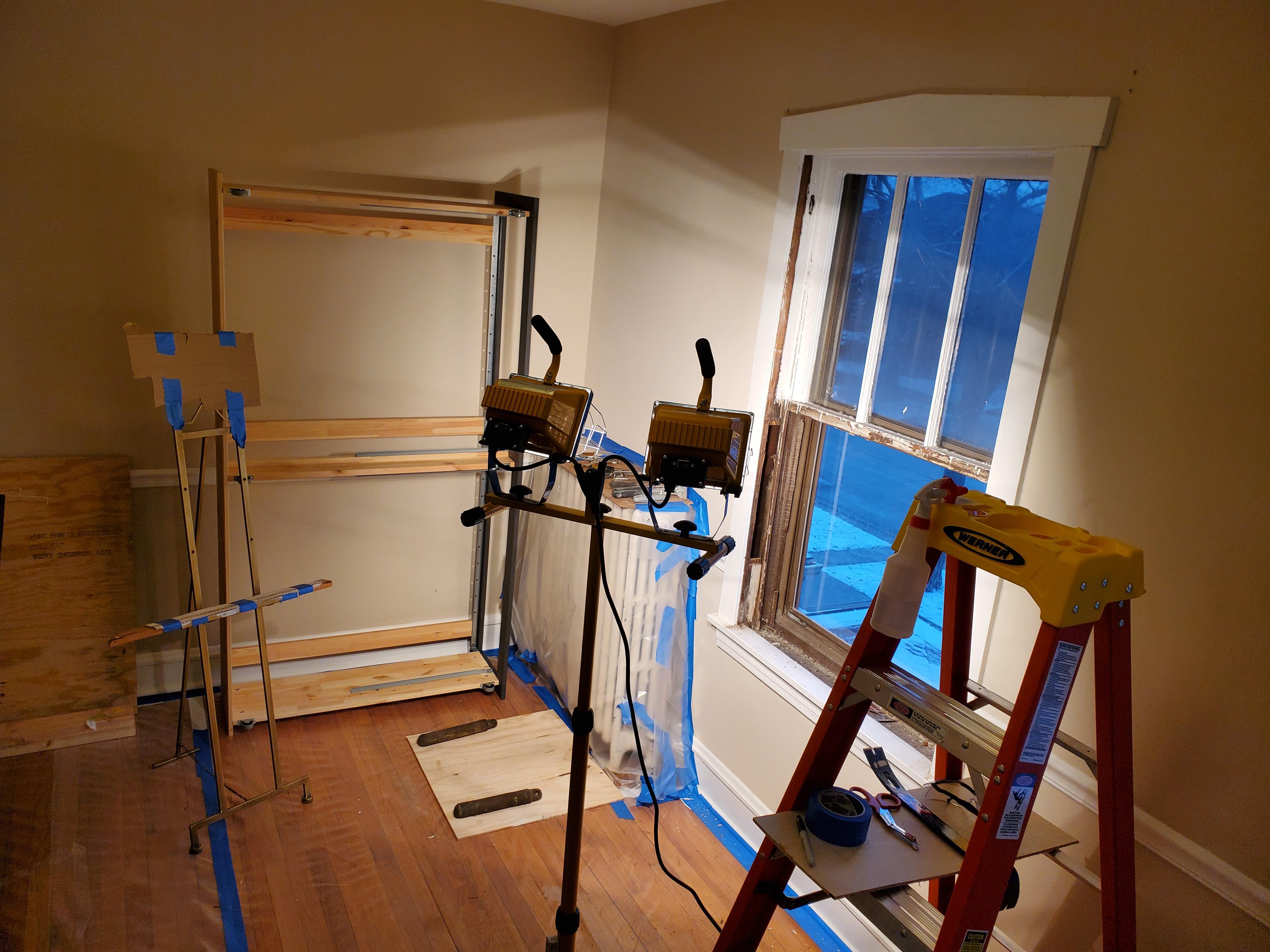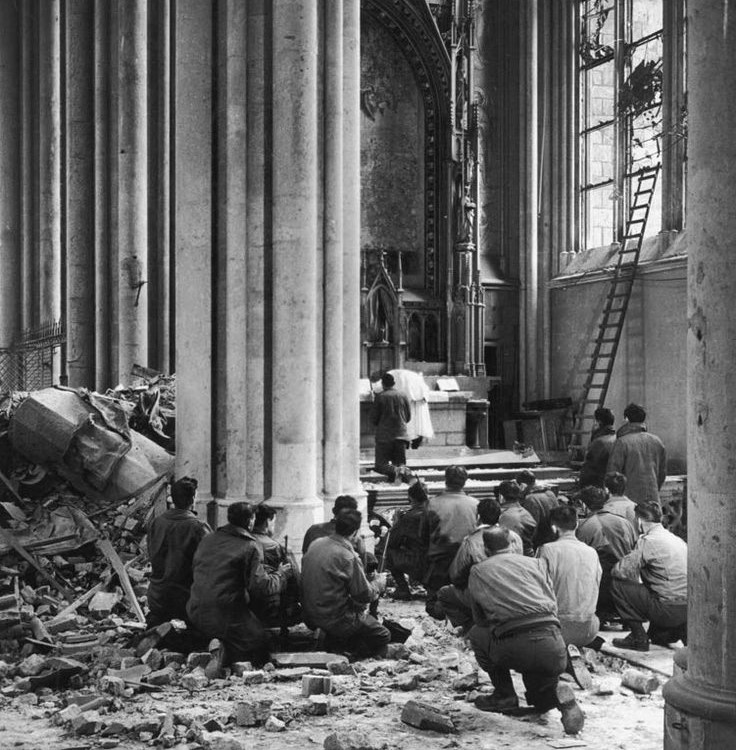report
Can a North Dakota Oil Town Break the Boom-Bust Cycle?
The Atlantic • August 2016Downtown is back to normal. There are little cafés, gift shops stocked with knick knacks, and a J.C. Penney’s. The Miss North Dakota parade recently marched down Main Street. On a recent Tuesday night, a city commission considered Cugini Italian Bistro’s application for an alcoholic beverage license.
Things are quiet here, and if it weren’t for the rows of new, empty houses circling the outskirts of town, and the gas flares winking on the horizon, one would never know this was the site of an oil boom. Williston, N.D.—or, Boomtown, U.S.A., as local tourism materials call it—is synecdochic for U.S. shale country, where oil firms mastered a decades-old drilling technique and flooded the market with American oil.
Then came the bust. Oil prices collapsed in an oversupplied market, and the frac trucks left Williston as quickly as they came. Now, it seems everyone in Williston is waiting (and hoping) for $60 oil again—a bar near my hotel listed the price of oil alongside its daily specials.
Ideally, Williston would have diversified its economy, but ultimately it is an oil town and many here expect it always will be. The city’s narrative, then, often boils down to an unstable oscillation between Wild-West opportunity and ghost-town depression.
Does it have to be that way? Can a boom-bust economy be molded into something that resembles long-term, sustainable growth? “Albeit exciting what happened the last five years, you don’t build a city off that sort of trajectory, because it’s not sustainable,” Shawn Wenko, Williston’s director of economic development, said. “It’s ok to take a breather every now and then.”
Williston is not the first city to ask itself these questions. At the tail-end of the 19th century, tens of thousands of prospectors poured through the tiny Alaskan port towns of Dyea and Skagway in search of the riches promised by the discovery of gold in Canada’s Klondike region. John Muir compared the scene in Skagway to “a nest of ants taken into a strange country and stirred up by a stick.”









